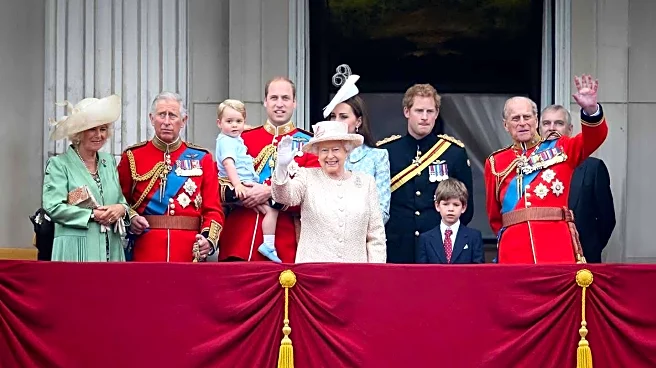What's Happening?
Generative technology, including GANs and neural rendering, is revolutionizing digital museums by enabling precise restoration and creation of cultural artifacts. Techniques such as text-to-3D scene generation
facilitate the reconstruction of historical contexts, supporting immersive environments and large-scale digital exhibitions. These advancements allow for the geometric, structural, and semantic-consistent restoration of artifacts, offering enhanced accuracy and interactive experiences. The integration of generative models in digital museums represents a significant leap in cultural heritage preservation and virtual exhibition.
Why It's Important?
The application of generative technology in digital museums is crucial for preserving cultural heritage and enhancing public access to historical artifacts. By enabling detailed and accurate restorations, these technologies support educational initiatives and cultural tourism, fostering a deeper understanding of history and art. The ability to create immersive digital environments enhances visitor engagement, offering new ways to experience and interact with cultural heritage. This technological shift represents a transformative approach to museum curation, expanding the reach and impact of cultural institutions.
What's Next?
As generative technology continues to evolve, digital museums may explore more advanced applications, such as AI-driven personalization and interactive storytelling. The focus will be on enhancing user experience and accessibility, potentially integrating virtual reality and augmented reality to create more dynamic exhibitions. Collaboration between technologists and cultural institutions could drive innovation in digital curation, leading to more sophisticated and engaging museum experiences. The future of digital museums will likely involve more personalized and content-rich environments, further transforming how cultural heritage is preserved and presented.












